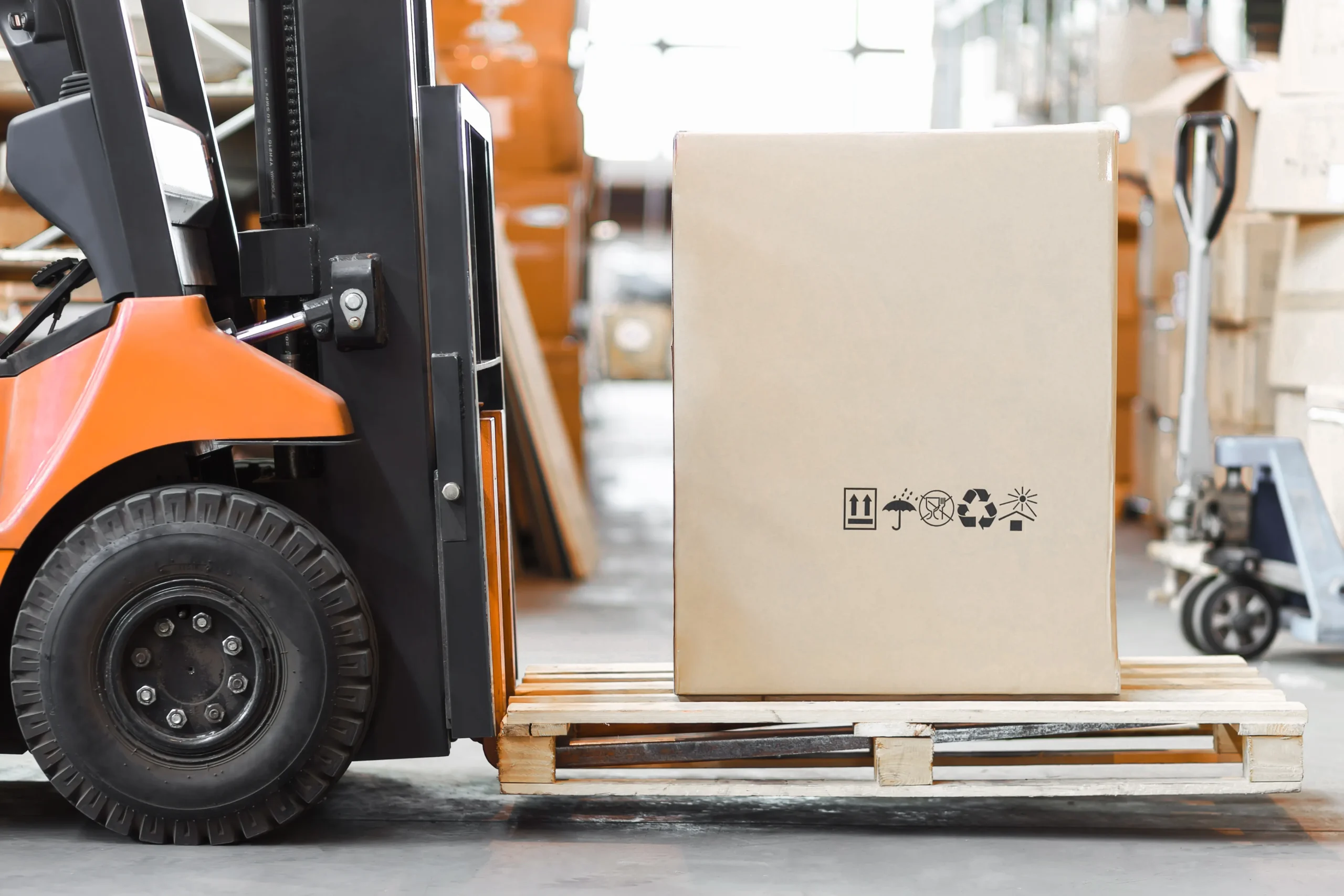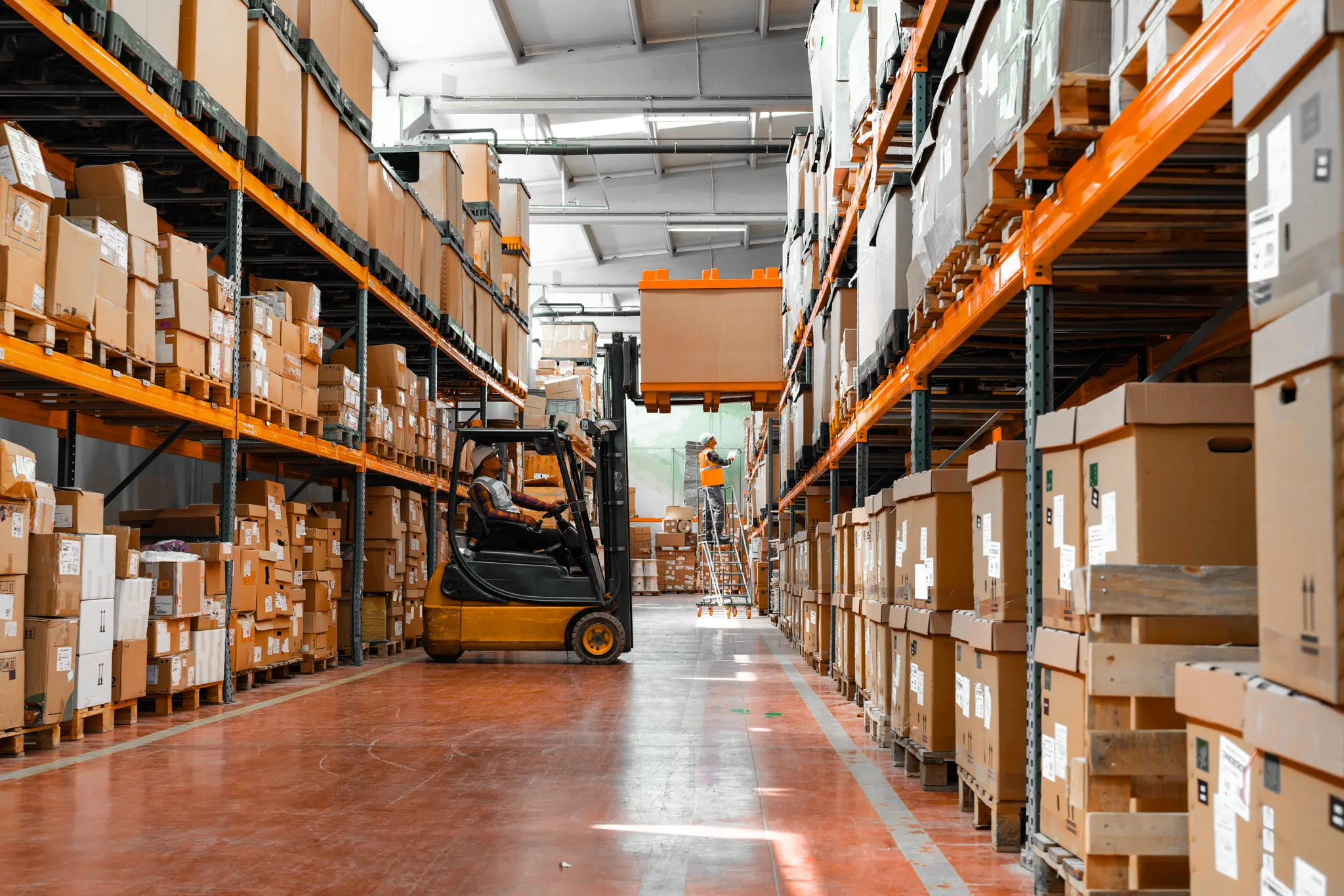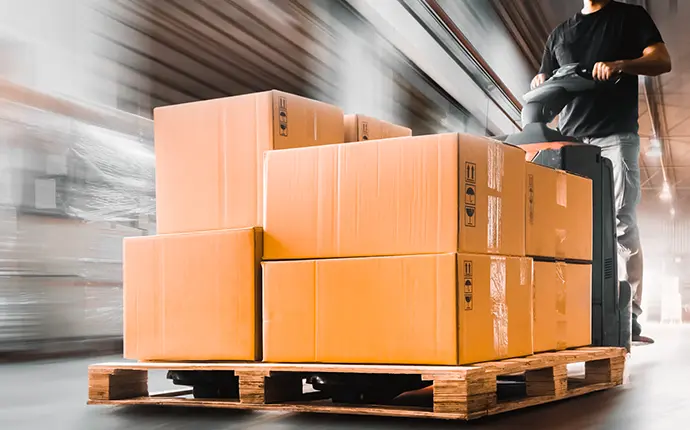When it comes to tariffs, the only thing you can count on right now is change.
What once shifted every few years is now changing every few months–or even faster. Entire sectors are being added or removed from exemption lists. Rates have gone from modest increases to record highs. And some changes, like the recent end of the de minimis exemption for low-value imports, have caught shippers off guard with little time to prepare.
The challenge isn’t what’s changing. It’s the pace of change.
Every adjustment forces companies to recalculate landed costs, update pricing strategies, and revisit supply chain plans.
For many logistics teams, that means more time reacting and less time strategizing. But in this environment, those who can quickly understand the impact of new tariffs and pivot their operations have a major advantage.
Why Tariffs Are More Unpredictable Than Ever
Global trade policy is moving at a pace many businesses are struggling to match. For importers and shippers, each new tariff change reshapes cost structures, disrupts supply chains, and challenges long-term planning.
Several recent key changes illustrate how quickly the tariff landscape can evolve:
| Date | Change | Impact |
|---|---|---|
| Jan 2025 | U.S. announced a review of de minimis threshold policies | Signaled possible changes for low-value imports (≤$800 |
| Mar 2025 | Preliminary reciprocal tariff talks began | Set the stage for wider tariff shifts later in the year |
| May 2025 | De minimis exemption ended for China & Hong Kong; first wave of reciprocal tariffs | Low-value imports from these regions became subject to duties and higher costs on targeted goods |
| Aug 7, 2025 | Reciprocal tariffs expanded to more countries | Raised the overall effective U.S. tariff rate to 18.5%, the highest since 1934 |
| Aug 29, 2025 | De minimis exemption suspension extended to all international shipments | All low-value imports (≤$800) now face duties |
| Sept, 2025 (Projected) | 90-day pause on increased tariffs for China set to expire | Possible extensions or escalation in policy |
These changes mean more shipments are now subject to tariffs, and overall rates are at their highest in nearly 100 years. With tariff pauses ending soon and more policy shifts likely, uncertainty is at an all-time high.
This constant unpredictability makes it challenging for businesses to forecast costs and keep their supply chains running smoothly.
How These Tariff Changes Impact Your Bottom Line
Higher tariffs and the loss of exemptions mean parcel shippers could face increased costs and slower customs clearance. This may put pressure on delivery timelines and margins, with some costs potentially passed on to customers.
Increased Cost
The suspension of the de minimis exemption means that even small shipments will incur duties, increasing costs for businesses relying on low-value imports.
Supply Chain Disruptions
Higher tariffs can lead to increased lead time and potential delays at customs, disrupting supply chains.
Price Inflation
The overall effective tariff rate increase is expected to raise consumer prices by approximately 1.8% in the short term.
U.S. businesses have absorbed the majority of tariff-related costs so far, but in the coming months, researchers at Goldman Sachs say consumer costs could rise to 67% if tariffs follow previous years’ patterns.
In addition, importers have absorbed ~14% so far, but Golden Sachs says their share could rise to 25%.
Market Instability
Recent policy shifts have led to volatility in specific markets, with sectors like gold experiencing high price fluctuations due to changing tariff policies.
There also remains uncertainty around sectors that are currently exempt, especially pharmaceuticals and electronics. The Trump administration suggested that pharmaceutical tariffs could increase to as high as 200% by mid to late 2026.
Steps You Can Take to Reduce Tariff Risk
Tariffs may be out of your control, but how you prepare for their impact isn’t. Here’s how parcel shippers can get ahead of potential cost increases and keep operations running smoothly.
Audit Your Shipments
Regularly review your invoices to ensure that tariffs are correctly applied on international shipments and that no unexpected charges are included. Catching these errors early can prevent overpayment and help you maintain accurate shipping cost forecasts.
Diversify Suppliers
Consider sourcing domestically or from countries with favorable trade agreements to mitigate the impact of tariffs. Expanding your supplier network can reduce dependency on a single region and make your supply chain more resilient.
Reevaluate Pricing Strategies
Adjust your pricing models to account for increased costs due to higher tariffs. This can help preserve profit margins and avoid sudden price hikes that may frustrate customers.
Leverage Technology
Utilize software to model the impacts and identify cost-saving opportunities. These insights can highlight cost-saving opportunities and guide smarter supply chain decisions.
How SiftedAI Can Help
With the right tools, tariff management doesn’t have to be reactive. SiftedAI provides continuous visibility into your landed costs, helping you identify and address tariff-related discrepancies.
Enhanced Visibility
Getting clear insights into your shipping costs is key to controlling expenses and avoiding surprises. For example, one pharmaceutical shipper uses SiftedAI to verify every FedEx tariff charge. When a charge doesn’t match the expected rate, they flag it for review and—if necessary—dispute. That process has helped them cut costs and eliminate the surprise fees that used to slip through unnoticed.
Cost Optimization
With rising tariffs, SiftedAI can help you identify other ways to reduce costs by optimizing your supply chain and sourcing strategies.
With Recommendations, you can identify inefficiencies and address them before they affect your bottom line. Making smarter operational decisions helps keep costs under control and ensures your business remains resilient—even amid tariff-driven pricing uncertainty.
SiftedAI’s Reporting Studio takes this a step further. With direct access to your normalized dataset—and the ability to upload custom datasets, like SKU level data—you can create personalized reports tailored to your business.
Plus, Reporting Studio has 8 standard templates you can customize in seconds, including the International Fee Trends report. The International Fee Trends report can monitor changes in your international fees over time and analyze cost patterns across carriers and zones.
Don’t Let Tariffs Take You by Surprise
Focus on what you can control in the current tariff landscape by proactively auditing shipments and verifying changes. SiftedAI can help you catch discrepancies and flag issues before they become costly surprises.
Want help mitigating the impact of tariffs by spotting cost-saving opportunities?

Combat Tariffs with SiftedAI











